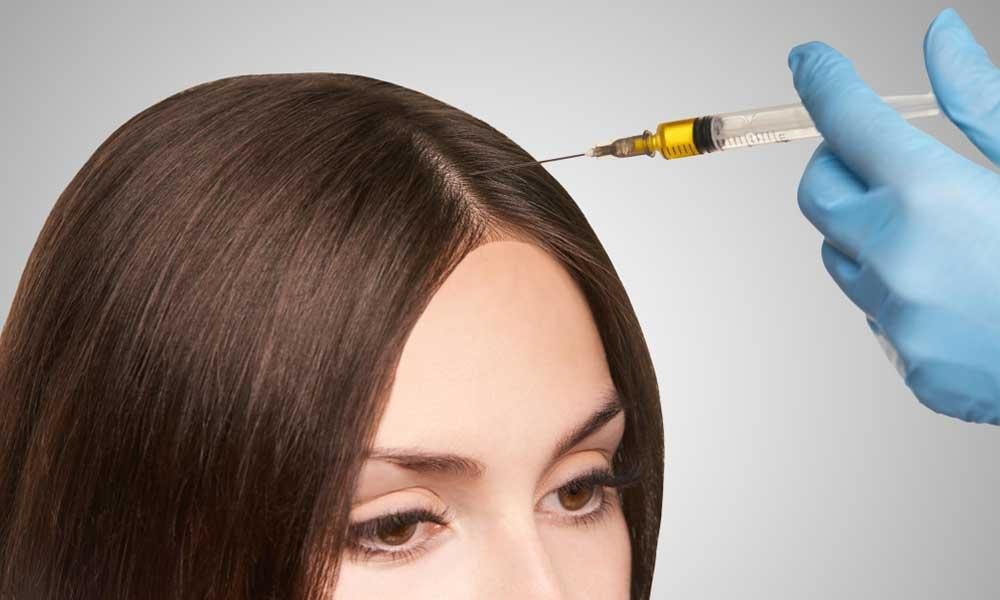Hair loss affects millions of men and women around the world, and the emotional impact can be profound. Fortunately, there are now more solutions than ever before—two of the most popular being Scalp Micropigmentation (SMP) and Hair Transplant Surgery. While both can dramatically improve the appearance of hair density, they differ significantly in approach, cost, recovery, and results.
This guide compares Scalp Micropigmentation vs Hair Transplant to help you determine which option is best for your hair loss needs.
What Is Scalp Micropigmentation (SMP)?
Scalp Micropigmentation is a non-surgical cosmetic procedure that uses microneedles to deposit tiny dots of pigment into the scalp, simulating the appearance of closely cropped hair or adding density to thinning areas.
Key Characteristics:
- Cosmetic “hair tattoo” mimicking natural follicles
- No actual hair growth
- Results visible immediately
- No incisions, stitches, or surgery required
What Is a Hair Transplant?
A Hair Transplant is a surgical procedure where hair follicles are taken from a “donor area” (usually the back of the scalp) and transplanted to thinning or balding areas.
There are two primary methods:
- FUT (Follicular Unit Transplantation) – a strip of scalp is removed and dissected
- FUE (Follicular Unit Extraction) – individual follicles are removed directly from the scalp
Key Characteristics:
- Involves actual relocation of growing hair
- Surgical with required healing time
- Hair grows gradually over 6–12 months
Comparing SMP and Hair Transplant
| Feature | Scalp Micropigmentation (SMP) | Hair Transplant |
|---|---|---|
| Procedure Type | Non-surgical cosmetic tattoo | Surgical relocation of hair follicles |
| Goal | Simulate hair or increase appearance of density | Grow new hair in balding areas |
| Best For | Bald spots, shaved head look, scar camouflage, adding density | Moderate to advanced hair loss |
| Hair Growth | ❌ No real hair growth | ✅ Yes, natural growing hair |
| Recovery Time | 1–3 days | 7–14 days for healing; months for growth |
| Sessions Required | 2–3 sessions | 1–2 sessions (may need multiple procedures over time) |
| Pain Level | Mild (topical anesthetic used) | Moderate to high (local anesthesia, post-op discomfort) |
| Results Timeline | Immediate appearance | 6–12 months for full hair growth |
| Longevity | 4–6 years before touch-up | Long-term; results vary with age/genetics |
| Scarring | Minimal to none | Possible (especially with FUT method) |
| Cost Range | $1,500–$4,000 | $4,000–$15,000+ |
| Maintenance | Occasional touch-ups (every 4–6 years) | Low, but may need repeat surgery if hair loss progresses |
Pros and Cons
✅ SMP Pros
- Immediate, natural-looking results
- Safe for nearly all skin types and hair loss conditions
- No surgery, no downtime
- Affordable compared to surgery
- Effective for camouflaging scars or thinning
❌ SMP Cons
- Doesn’t produce real hair
- Requires regular touch-ups over time
- Limited hairstyle flexibility (shaved or close-cropped look)
✅ Hair Transplant Pros
- Produces natural, growing hair
- Permanent results when successful
- You can wear longer hairstyles
❌ Hair Transplant Cons
- More expensive upfront
- Surgical risks: scarring, infection, shock loss
- Long healing and growth timeline
- Not all patients are good candidates (limited donor hair)
Which Is Right for You?
Choose Scalp Micropigmentation if:
- You prefer a non-surgical solution
- You want fast results and minimal recovery
- You like the look of a shaved head or need to add scalp density
- You have insufficient donor hair for a transplant
- You want to camouflage surgical scars or alopecia patches
Choose a Hair Transplant if:
- You want to grow real hair and style it
- You are willing to invest time and money in a surgical option
- You have a healthy donor area and stable hair loss
- You’re seeking a more permanent solution
Can You Combine Both?
Yes! Many patients use both procedures for enhanced results. For example:
- Use a hair transplant to restore growth in the front hairline
- Use SMP to add density behind the transplant or to cover scars
Combining SMP and hair transplantation can be especially powerful for patients with limited donor hair or irregular growth patterns.
Final Thoughts
Both Scalp Micropigmentation and Hair Transplants are viable, life-changing solutions for hair loss—each with its own strengths. If you’re seeking immediate cosmetic improvement with minimal risk, SMP may be the ideal choice. If you want to grow your own hair and are ready for surgery, a hair transplant may be better.
The best approach? Consult with a qualified provider who offers both services, so you can make an informed, personalized decision based on your scalp condition, hair goals, and medical history.




